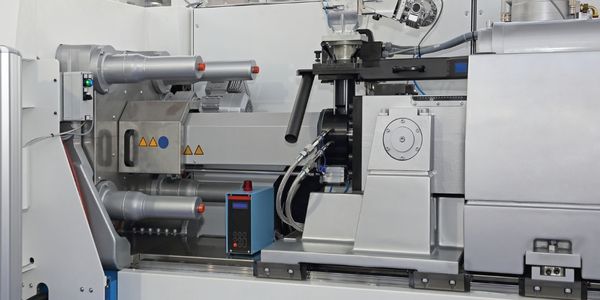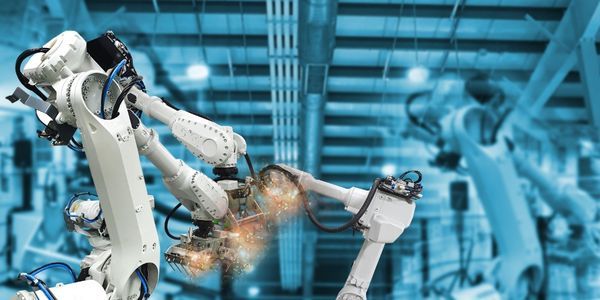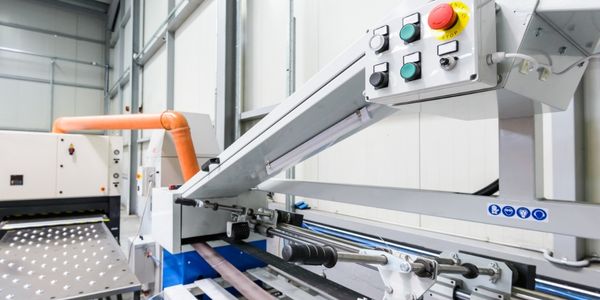Applicable Functions
- Procurement
Use Cases
- Manufacturing System Automation
About The Customer
Vilmers is a forward-thinking furniture company that is focused on meeting the growing demand for customization and faster delivery times. The company is also keen on transitioning towards Industry 4.0, which is considered the future of the furniture industry. Vilmers is not just about meeting the current demands but also about positioning itself for future growth and competitiveness. The company is always on the lookout for innovative solutions that can help them stay ahead of the curve. The decision to implement Lectra's Cutting Room 4.0 for Made to Order solution is a testament to their commitment to innovation and customer satisfaction.
The Challenge
Vilmers, a furniture company, was facing a significant challenge in meeting the growing demand for customization and faster delivery times. The company was also keen on transitioning towards Industry 4.0, which is considered the future of the furniture industry. The challenge was not just about meeting the current demands but also about positioning the company for future growth and competitiveness. The company needed a solution that would not only help them cope with the current demand but also lay the foundation for becoming an Industry 4.0 company. The challenge was to find a solution that would seamlessly integrate with their existing processes and help them transition smoothly into the new industrial revolution.
The Solution
To address Vilmers' challenges, Lectra proposed its innovative Industry 4.0 solution, Cutting Room 4.0 for Made to Order. This solution is a cloud-based cutting platform combined with a single-ply cutting solution. It is designed to provide a fully integrated and automated workflow, which is a key characteristic of Industry 4.0. The solution is expected to significantly reduce the cycle time, thereby speeding up the delivery times. The Cutting Room 4.0 for Made to Order solution is not just about meeting the current demands but also about preparing Vilmers for the future. It is the first step in Vilmers' journey towards becoming an Industry 4.0 company, which is expected to provide them with a competitive edge in the furniture industry.
Operational Impact

Case Study missing?
Start adding your own!
Register with your work email and create a new case study profile for your business.
Related Case Studies.

Case Study
Plastic Spoons Case study: Injection Moulding
In order to meet customer expectations by supplying a wide variety of packaging units, from 36 to 1000 spoons per package, a new production and packaging line needed to be built. DeSter wanted to achieve higher production capacity, lower cycle time and a high degree of operator friendliness with this new production line.

Case Study
Robot Saves Money and Time for US Custom Molding Company
Injection Technology (Itech) is a custom molder for a variety of clients that require precision plastic parts for such products as electric meter covers, dental appliance cases and spools. With 95 employees operating 23 molding machines in a 30,000 square foot plant, Itech wanted to reduce man hours and increase efficiency.

Case Study
Fully Automated Visual Inspection System
Tofflon has developed a fully automatic machine that uses light to inspect vials, medicine bottles, or infusion containers for glass fragments, aluminum particles, rubber grains, hairs, fibers, or other contaminants. It also detects damaged containers with cracks or inclusions (microscopic imperfections), automatically removing faulty or contaminated products. In order to cover all production processes for freeze-dried pharmaceuticals, Tofflon needed to create an open, consistent, and module-based automation concept.

Case Study
SAP Leonardo Enabling Rocket Science
At times, ULA has as many as 15 different operating systems dedicated to overlapping processes, such as rocket design, testing, and launch. Multiple systems created unnecessary costs and unwanted confusion among workers at offices, factories, and launch sites in different location. In order to improve collaboration and transparency during vital activities that directly influence mission success, ULA wanted to improve data sharing and streamline manufacturing processes.

Case Study
IIC Smart Manufacturing Connectivity for Brown-field Sensors
The discrete manufacturing domain is characterized by a strictly hierarchical structure of the automation systems, commonly referred to as the automation pyramid. Data acquired by a sensor typically flows through an IO-module into a Programmable Logic Controller (PLC) which manages the local real-time control system. As all process data are concentrated in the PLC, re-programming the PLC and thus, implementing interfaces to access these data appear to be the natural choice to transfer them to the IT system. However, for brownfield installations this choice has proven impracticable for the following two reasons:In brownfield facilities, PLC usually operate within a once-specified environment and are rarely re-programmed. That is why the active staff is often not familiar with the code and lacks of the competence to modify the existing implementation in a reasonable amount of time.Furthermore, for cost reasons, any PLC was selected to exactly match the requirements of the environment within which it was intended to operate. That is why it cannot be assumed that a PLC will be able to support additional tasks such as communicating data through additional interfaces.

Case Study
Smart Factory Solutions for Tobacco Industries: Bridging the Manufacturing Generation Gap and Improving Operational Efficiency
The tobacco industry, represented in this case by British American Tobacco (BAT), is facing a decline in cigarette volumes worldwide. This decline has led to an increased emphasis on efficient supply chains and optimized production processes. The industry is also grappling with the need for agile production facilities and the integration of Industry 4.0 to accommodate diverse production requirements. BAT, in particular, was seeking a factory solution to automate their product control processes, from the transportation of tobacco and cigarette paper to the placement on cigarette machines and the packing conveyor. The company also needed to support the continuous use of legacy equipment, such as relay-controlled cigarette machines dating back to the 90s and AMK servo drive systems, to sustain production levels at speeds of 8000 to 16000 pieces per minute. Furthermore, changing regulatory guidelines necessitated flexibility in labeling requirements.







